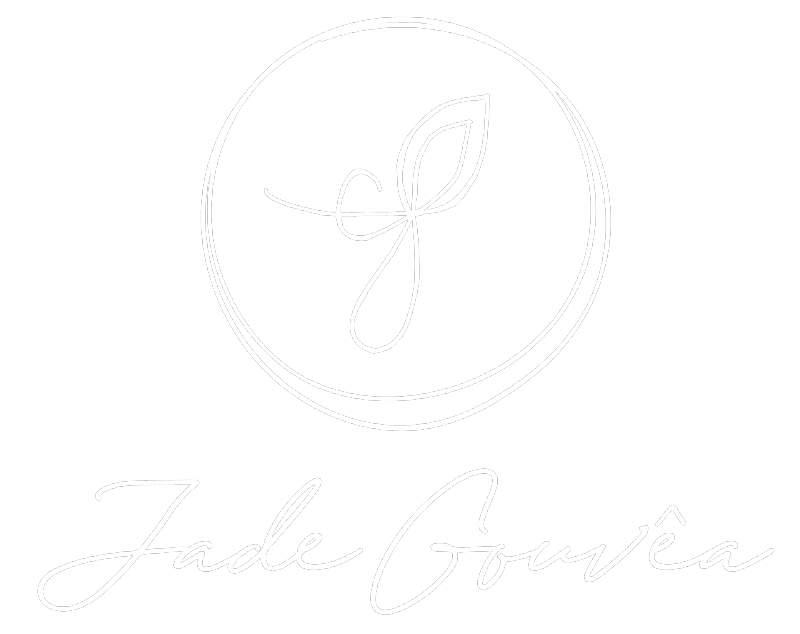The Ethics of Native Advertising: Balancing Transparency and Engagement
Native advertising has grow to be a prevalent methodology for brands to engage with consumers. Unlike traditional banner ads or pop-ups, native ads are designed to blend seamlessly with the content material surrounding them, usually making them indistinguishable from editorial or natural content. While this approach can effectively capture the audience’s attention and provide value to both advertisers and publishers, it also raises significant ethical concerns. The primary ethical dilemma revolves around the balance between transparency and interactment—how can advertisers and publishers maintain the trust of their audiences while still benefiting from the subtlety that native advertising presents?
Understanding Native Advertising
Native advertising refers to paid content material that mimics the form and performance of the platform on which it appears. This might be an article, a video, or perhaps a social media submit that is labeled as sponsored however designed to be constant with the editorial style of the publication or platform. The intention is to provide a less intrusive advertising expertise that aligns more intently with the consumer’s natural content material consumption habits.
This form of advertising is particularly effective because it integrates so well into the user’s expertise, leading to higher engagement rates compared to traditional ads. Consumers are more likely to work together with content that doesn’t feel like an advertisement, which is why native advertising has turn out to be a preferred technique for brands aiming to enhance their visibility and join with their audience in a more meaningful way.
The Ethical Dilemma: Transparency vs. Deception
The core ethical difficulty with native advertising is the potential for deception. Because native ads are designed to blend in with non-sponsored content material, there’s a risk that consumers could not realize they are engaging with paid content. This can lead to a breach of trust between the consumer and the publisher, as well as between the consumer and the brand.
Transparency is essential in maintaining ethical standards in native advertising. The Federal Trade Commission (FTC) and different regulatory bodies have set guidelines that require native ads to be clearly labeled as sponsored content. Nevertheless, the effectiveness of those labels is commonly questioned. If the labeling is simply too subtle or if the excellence between editorial content material and advertising just isn’t made clear, consumers might really feel misled, which can damage the credibility of the publisher and the brand.
Then again, if native ads are too clearly labeled or distinguished from editorial content, they might lose the very have interactionment advantage that makes them appealing. The challenge lies to find the proper balance—creating ads which are engaging and seamlessly integrated into the content experience, yet transparent sufficient that consumers understand they’re interacting with paid content.
The Role of Consumer Trust
Consumer trust is the cornerstone of any successful advertising strategy, and this is particularly true for native advertising. Trust is earned when consumers feel respected and informed. Misleading consumers, even unintentionally, can lead to a loss of trust that’s troublesome to regain. Subsequently, transparency is just not just an ethical obligation but a strategic one.
Brands and publishers must consider the long-term implications of their native advertising practices. Brief-term positive factors achieved through misleading practices can lead to long-term losses in consumer trust and loyalty. Ethical native advertising should prioritize clear communication, making certain that consumers are always aware when they’re engaging with sponsored content.
Best Practices for Ethical Native Advertising
To strike the proper balance between transparency and have interactionment, brands and publishers can observe several best practices:
Clear Labeling: Be sure that all native ads are clearly labeled as sponsored content. This may be achieved through visual cues like totally different fonts, colors, or explicit labels like “Sponsored” or “Ad.”
Schooling: Educate consumers about what native advertising is and methods to identify it. Publishers can embrace disclaimers or information boxes that designate the nature of native ads.
Consistency: Preserve consistency in the labeling and presentation of native ads across all platforms to keep away from confusion.
Relevance: Create native ads that provide genuine worth to the consumer. Content that is relevant and useful is more likely to be well-obtained, even when consumers know it is sponsored.
Ethical Standards: Adhere to industry guidelines and ethical standards, and be clear concerning the brand’s involvement in the creation of content.
Conclusion
The ethics of native advertising revolve across the delicate balance between transparency and engagement. While native ads provide an effective way to attach with consumers, they should be implemented thoughtfully to take care of trust. By prioritizing clear communication and ethical practices, brands and publishers can leverage the benefits of native advertising while upholding their responsibility to the consumer. In a panorama the place consumer trust is paramount, the ethical execution of native advertising is not just a finest observe—it is a necessity.
For more information regarding how much does native advertising cost look into our own webpage.
Tags:Find out

